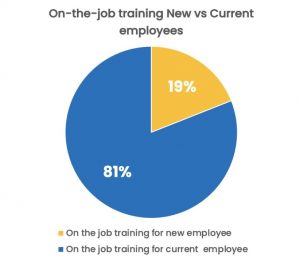
Fig. 1. On-the-job training for new and current employees
Training Staff – Observing training in the industry
It is often observed that training for experienced operators receives significantly less attention than that for new hires. There is a widespread belief that an experienced employee, already familiar with the organization, will easily adapt to their new role. However, this assumption can lead to problems, as transitioning to a new position often requires specific guidance and training. That’s why TWI (Training Within Industry) programs, particularly TWI Job Instruction (JI), are equally vital for experienced employees as they are for newcomers.
With TWI JI, we ensure that employees, regardless of their experience level, gain comprehensive knowledge in key areas such as:
- Safety: Understanding the safety protocols and potential hazards related to the job.
- Quality: Maintaining high-quality standards in every task.
- The correctness of the work performed: Ensuring tasks are carried out accurately and efficiently.
Moreover, TWI JI ensures that employees practice the job under the supervision of a trained instructor, helping them refine their skills in real-time. This structured approach is critical for building polyvalent workers—those who are capable of performing multiple tasks across various roles. Such flexibility is essential for maintaining production continuity and adapting to the dynamic needs of the workplace.
Now, ask yourself: how do you approach the training and development of your current employees? Are they receiving the same level of structured, detailed instruction as new hires? Or is there room for improvement in building their competencies and ensuring the flexibility your production line requires?

He is a Senior Consultant of the TWI program and Lean Management at LeanTrix. He is also a leader in the startup project - etwi system. He was a member of a global team that implemented the TPM system for several automotive plants in Europe, Asia, South America and North America.






